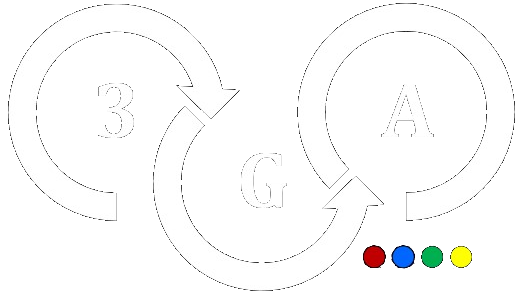Five Os for Leading Effective Meetings
Five Os for Leading Effective Meetings
Have you ever been part of a meeting where mid-way into the meeting you or someone else just blurted out “I am not clear on the objective of this meeting, why are we meeting?” Or have you left a meeting more confused than before you came to the meeting?
I am sure you can think of at least one meeting in the last 2-4 weeks which did not add any value to you.
This is why I wanted to share some ways you can lead more effective meetings, so people who come to your meeting leave with a sense of clarity on what was discussed and what’s next.
Ineffective meetings not only cost us time but also cost money. The cost of ineffective meetings in a country is quite staggering. A ,recent study showed this cost is over $20bn in Canada and over $200bn in the US.
To ensure your organization does not lose money to ineffective meetings, you want to consider these five Os for leading effective meetings:
-
- Objective
- Order
- Overview
- Outcome
- Ownership
Objective
Every meeting should have an objective and you need to be clear on what the objective is. To define the objective for a meeting, ask yourself ‘What are we trying to achieve in this meeting?’. The objective for a meeting should be about 1-3 short sentences; anything more than this may be overambitious for one meeting. Some examples of meeting objectives include brainstorming for ideas, building understanding, gaining consensus, sharing status/feedback, defining next steps.
Order
Every meeting should have a logical sequence of activities arranged to achieve the objective of the meeting. Every item in a meeting should be connected to or build on the previous one. For example, if you want the meeting attendees to make a selection from options, ensure your have provided all the options with the pros and cons before directing them to select. It is strongly recommended that you have your order documented so you can easily refer to it in case things go off-plan – something that is very likely to happen.
Overview
It is best practice to start your meeting by providing the attendees with an overview of what the meeting is about. When providing an overview for the meeting, include the objective and order of the meeting as part of your overview. Providing this overview is one of the clear ways you can demonstrate your leadership ability as the meeting starts.
Outcome
As you go through each item of the meeting, there will be outcomes of the discussions. You need to ensure that every attendee of the meeting is clear on what the outcome of the meeting is. Understanding the outcomes of a meeting will help the attendees know what was discussed and what is next. A good way to build this understanding is by documenting the outcomes as the meeting progresses. Ensure you are documenting somewhere that everyone (whether online or in-person) can read, then ask them to confirm if the point is well documented.
Ownership
You need to take full ownership of your meeting from the start so that all participants are clear on who is leading. You can take ownership of your meeting by arriving on time and starting the meeting with an overview of the meeting objective and order. All through the meeting, you keep demonstrating ownership by being vocal on the points and moving the discussions along with the agenda in a gentle but firm way. Ownership also involves ensuring all action points from the meeting have an owner, so everyone leaves the meeting clear on who is doing what.
To gain the full benefit of these five Os, here are some practical tips on how to effectively apply them:
- Align with key stakeholders or strong personalities before the meeting so you are on the same page with them. Some areas to align with them include – objective, order, and outcome.
- Be flexible on your order for the meeting. Things will not always go as planned, allow ‘off-script’ discussions, these sometimes generate great ideas. However, after a while, gently but firmly bring the attendees back on track.
- Embrace documentation. Documentation during the meeting helps everyone align on key items and serves as a reference for the future. The best documentation are done in the meeting, so everyone agrees before leaving the meeting.
- Bring the fun! Don’t let people dread coming to your meetings. These five Os work best in a friendly, collaborative atmosphere.
Action Steps
-
- Leave a comment in the comments section below to let me know which of these five Os you found to be most relevant for you.
- Use these five Os in your next meeting and let me know in the comments section what impact it made on your meeting.
Remember, it’s the knowledge that you act on that makes the difference. So take action and keep influencing!
Share this post with someone you think it can help. Watch a related video on this to reinforce the things shared.










